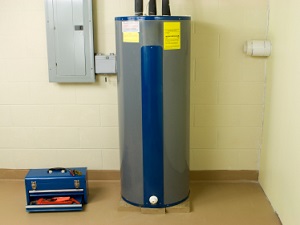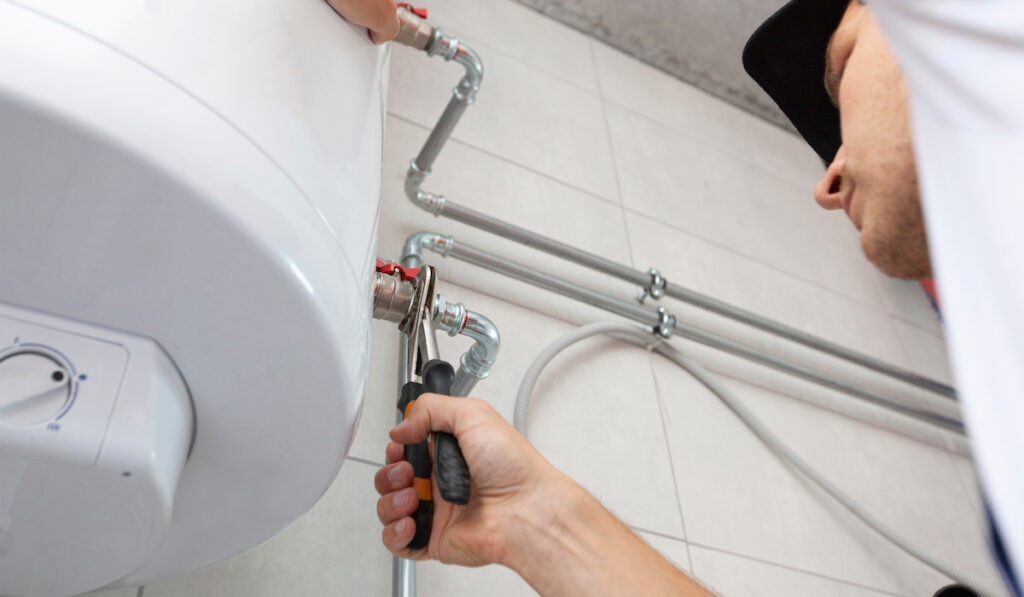Are you currently trying to locate additional info on What Kind of Maintenance Do Water Heaters Need??

Hot water is necessary for everyday comfort, whether it's for a revitalizing shower or washing dishes. To ensure your warm water system runs effectively and lasts much longer, routine upkeep is key. This write-up offers functional tips and understandings on how to preserve your home's hot water system to avoid interruptions and pricey repair work.
Intro
Maintaining your home's warm water system might seem daunting, but with a couple of basic steps, you can ensure it runs smoothly for many years ahead. This guide covers whatever from comprehending your warm water system to DIY upkeep tips and understanding when to call professional assistance.
Importance of Preserving Your Hot Water System
Routine upkeep not only expands the life expectancy of your hot water system yet also ensures it runs successfully. Overlooking upkeep can lead to decreased effectiveness, greater energy expenses, and even premature failing of the system.
Indications Your Hot Water System Requirements Upkeep
Knowing when your hot water system needs interest can protect against major problems. Watch out for indicators such as irregular water temperature level, weird sounds from the heating system, or corroded water.
Recognizing Your Hot Water System
Before diving into maintenance tasks, it's handy to understand the fundamental elements of your hot water system. Usually, this consists of the hot water heater itself, pipelines, anode rods, and temperature controls.
Monthly Maintenance Tasks
Normal regular monthly checks can assist catch minor issues before they rise.
Purging the Water Heater
Purging your hot water heater gets rid of debris accumulation, improving efficiency and lengthening its life.
Checking and Replacing Anode Rods
Anode rods protect against deterioration inside the storage tank. Examining and replacing them when worn out is critical.
Evaluating and Changing Temperature Level Setups
Readjusting the temperature settings makes certain optimum performance and safety.
Do It Yourself Tips for Upkeep
You can carry out several upkeep tasks yourself to maintain your warm water system in top problem.
Looking for Leaks
Frequently examine pipes and connections for leakages, as these can bring about water damages and greater costs.
Examining Stress Relief Valves
Evaluating the stress relief valve ensures it operates appropriately and prevents too much stress accumulation.
Insulating Pipelines
Protecting hot water pipelines lowers warm loss and can conserve energy.
When to Call a Specialist
While DIY upkeep is helpful, some issues need specialist competence.
Complex Issues Calling For Professional Aid
Examples consist of major leakages, electrical issues, or if your hot water heater is regularly underperforming.
Routine Specialist Maintenance Perks
Professional maintenance can consist of thorough assessments, tune-ups, and ensuring compliance with safety and security requirements.
Conclusion
Routine maintenance of your home's warm water system is vital for efficiency, longevity, and price savings. By adhering to these ideas and knowing when to look for specialist help, you can make certain a reputable supply of warm water without unexpected disturbances.
Water Heater Maintenance Tips
Test the TPR Valve
Shut off the power and the cold-water supply valve. Place a bucket under the pipe connected to the temperature-pressure-release (TPR) valve on the top or side of the tank. (This valve opens if the tank pressure gets too high.) Lift the valve’s tab to let some water out, then let go. If water keeps flowing, drain the tank partway, unscrew the old valve with a pipe wrench, and install a new one. Check the Anode Rod
Put a hose to the tank’s drain cock and let out a few gallons of water. Now fit a 1 1/16-inch socket onto the rod’s hex head on top of the heater (or under its top plate) and unscrew the rod. If it’s less than ½ inch thick or coated with calcium, buy a new one, wrap its threads with Teflon tape, put it back in the tank, and tighten securely. Use this segmented rod if headroom above the tank is limited. Drain the Tank and Wash Out Sediment
Drain the remaining water in the tank into the bucket, then stir up the sediment on the tank’s bottom by briefly opening the cold-water supply valve. Drain and repeat until clean water comes out of the hose. Close the drain cock, refill the tank, and turn its power back on. Adjust the Temperature
Find the temperature dial on the side of the tank and unscrew its cover. Adjust the dial to 120 degrees using a flathead screwdriver. For every 10 degrees the temperature is lowered, you can expect to save up to 5 percent in energy costs. Turn the water heater off or the thermostat down to its lowest setting if you plan to be away from home for more than three days. Insulate the Pipes
Buy some self-sticking 3/8-inch-thick foam pipe insulation that matches the pipes’ diameter. Slide the foam over the hot-and cold-water pipes as far as you can reach. Insulating the cold-water pipe prevents condensation in summer. Peel the tape and squeeze the insulation closed. If the pipe is 6 inches or less from the flue, cover it with 1-inch-thick unfaced fiberglass pipe wrap. https://www.thisoldhouse.com/plumbing/21016402/how-to-maintain-a-water-heater

I have been very taken with How to Maintain a Hot Water Heater in a Few Simple Steps and I'm hoping you appreciated my post. Liked our entry? Please share it. Let other people check it out. We cherish reading our article about What Kind of Maintenance Do Water Heaters Need?.
Estimate Free